Wine cellars carved deep into hillsides and natural caves have been storing precious vintages for centuries. These underground sanctuaries don’t just keep wine at perfect temperatures—they tell stories of craftsmanship, tradition, and the relentless pursuit of the perfect bottle. From ancient Roman tunnels to modern architectural marvels, these subterranean spaces offer visitors a chance to experience wine culture in its most atmospheric setting.
The world’s most impressive underground cellars combine history with hospitality, creating unforgettable experiences for wine lovers. Here is a list of 16 underground wine cellars that deserve a spot on every wine enthusiast’s travel itinerary.
Dom Pérignon cellars, Épernay
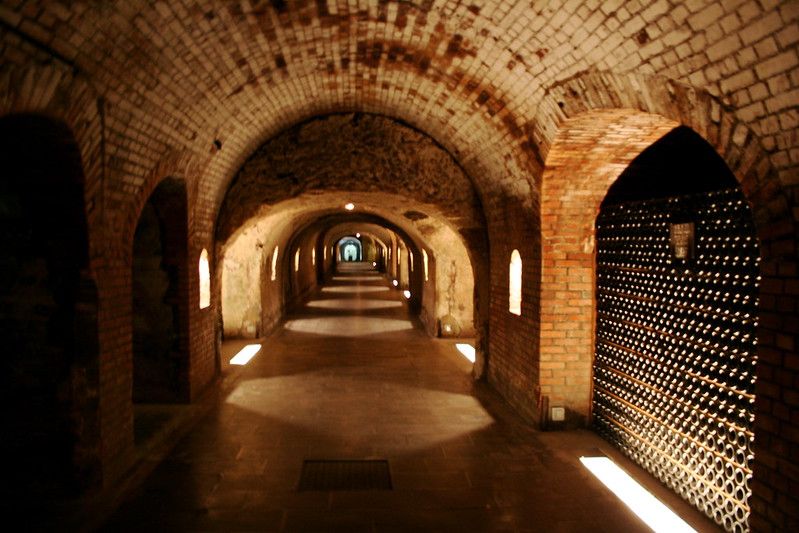
The chalk caves beneath Moët & Chandon stretch for 17 miles under the town of Épernay, creating one of the world’s most extensive underground Champagne networks. These tunnels, carved by Romans nearly 2,000 years ago, maintain a constant 50°F temperature that’s perfect for aging Champagne. The cellars house over 200 million bottles, including rare vintages of Dom Pérignon dating back to 1921. Walking through these dimly lit passages feels like exploring a sparkling wine cathedral, complete with dramatic lighting that makes the bottle walls shimmer.
Brotherhood Winery cellars, New York
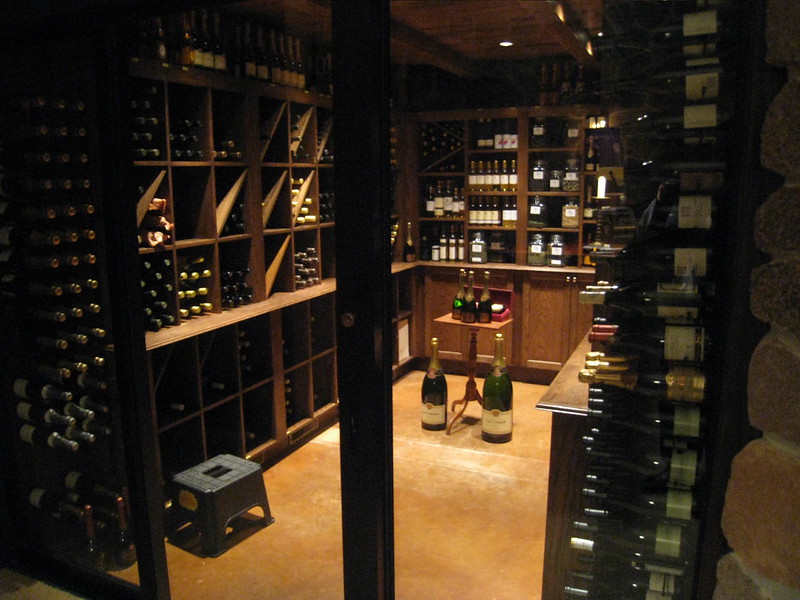
Hand-excavated in the late 19th century, these underground cellars create America’s largest man-made cave system for wine storage. The dimly lit tunnels house over 200 oak barrels and feature a crested vault containing some of the oldest vintages in America. This historic winery survived Prohibition by producing sacramental wines for churches, making it a living piece of American wine history. Tours reveal the secrets of these mysterious vaults while guides share tales of the winery’s colorful past, including its clever survival strategies during the dry years.
Schramsberg winery, Napa Valley
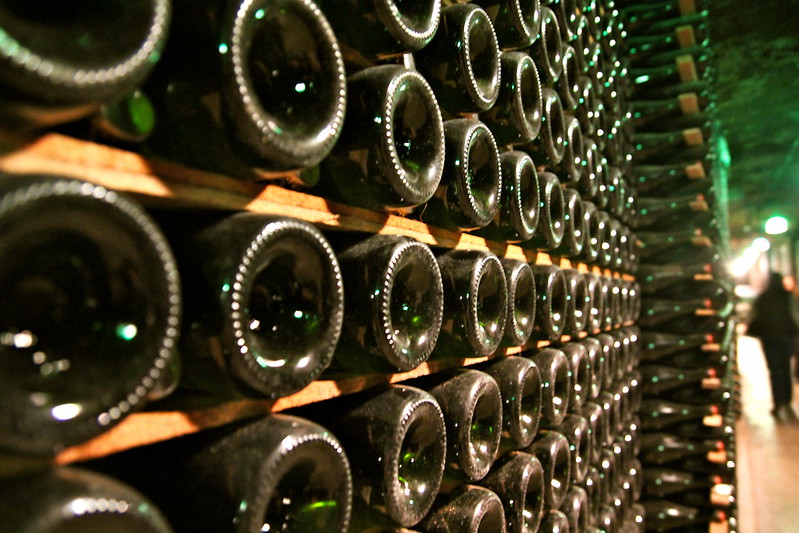
Hand-carved Chinese immigrants in the 1860s created these hillside caves that now house one of California’s premier sparkling wine collections. The caves extend 200 feet into the mountainside, carved entirely by hand tools and sheer determination. Today, millions of bottles rest in these tunnels, slowly developing the complex flavors that make Schramsberg’s bubbly legendary. The contrast between the rustic carved walls and the sophisticated tasting room creates an unforgettable atmosphere that captures both Napa’s pioneering spirit and modern excellence.
Codorníu cellars, Spain
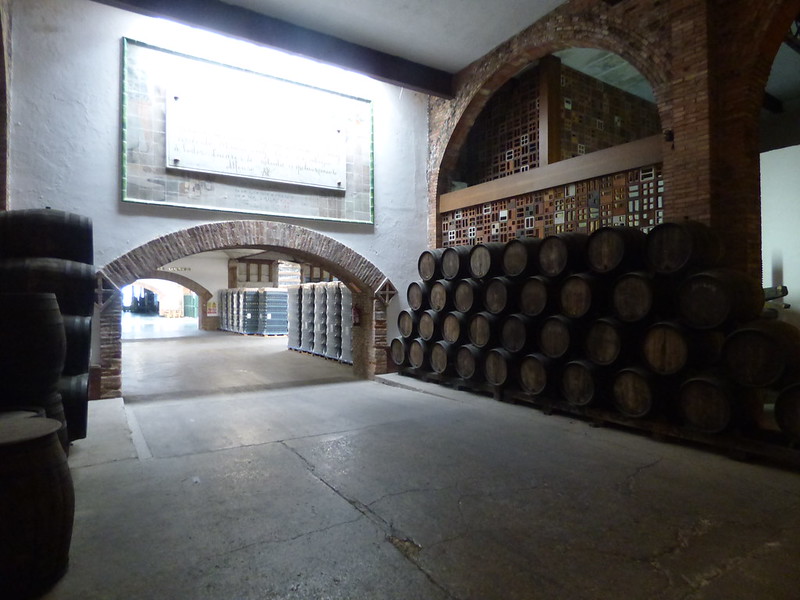
Five stories of underground tunnels beneath the Codorníu winery in Catalonia create a subterranean city dedicated to Cava production. These Art Nouveau cellars, designed by renowned architect Josep Puig i Cadafalch, stretch for over 20 miles beneath the Spanish countryside. The beautiful modernist architecture transforms functional wine storage into an artistic experience, with elegant arches and decorative details throughout. A small train carries visitors through the most impressive sections, making this feel more like an underground adventure than a traditional winery tour.
Mumm Napa caves, California
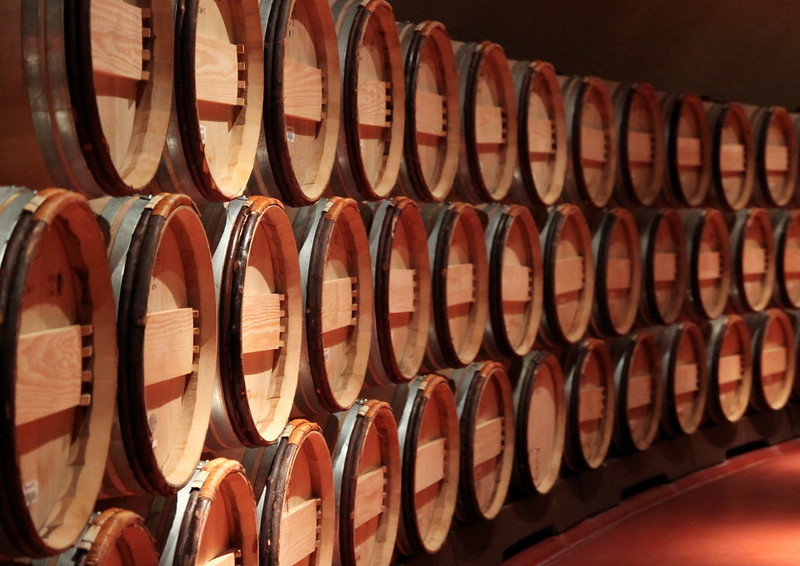
Carved 40 feet into the Napa hillsides, these caves house over half a million bottles of sparkling wine in naturally temperature-controlled conditions. The caves maintain a steady 58°F year-round without any mechanical cooling systems, proving that sometimes the old ways really are the best. Riddling racks line the walls where bottles are slowly turned by hand to concentrate sediment before disgorgement. The tour ends with a tasting session right inside the caves, where the cool stone walls and soft lighting create the perfect ambiance for appreciating delicate bubbles.
Sandeman cellars, Porto
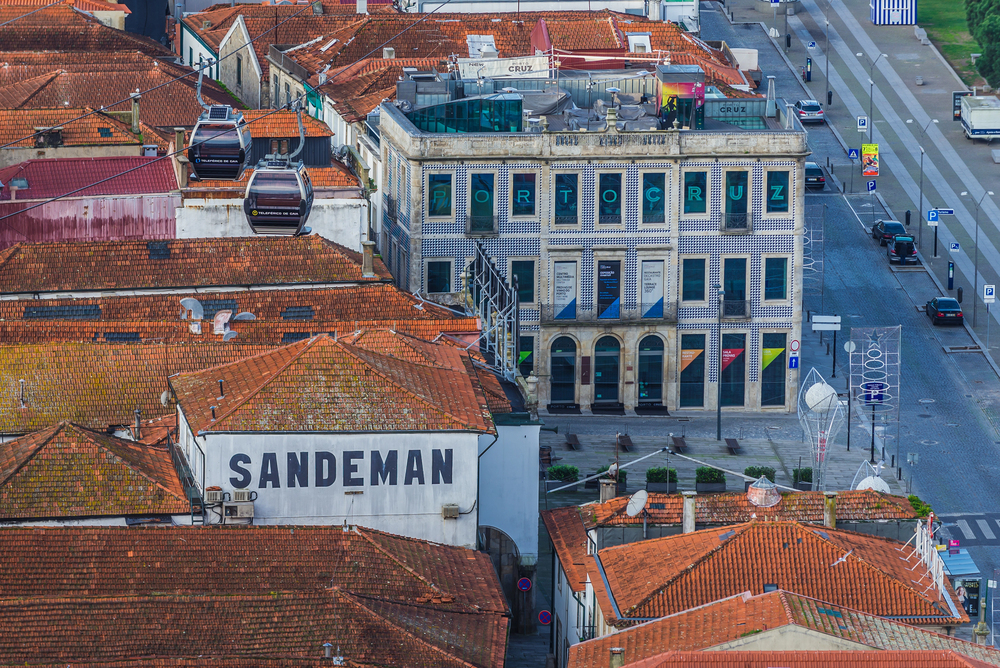
— Photo by fotokon
Deep beneath the streets of Vila Nova de Gaia, these historic cellars have been aging Port wine since 1790. The stone walls, blackened by centuries of wine aging, create an almost mystical atmosphere that transports visitors back to Portugal’s golden age of exploration. Giant wooden vats, some over 100 years old, hold thousands of gallons of aging Port that won’t be ready for decades. The cellars stay naturally cool thanks to their proximity to the Douro River, and the constant humidity from the nearby water creates perfect aging conditions.
Bouchard Père et Fils, Beaune
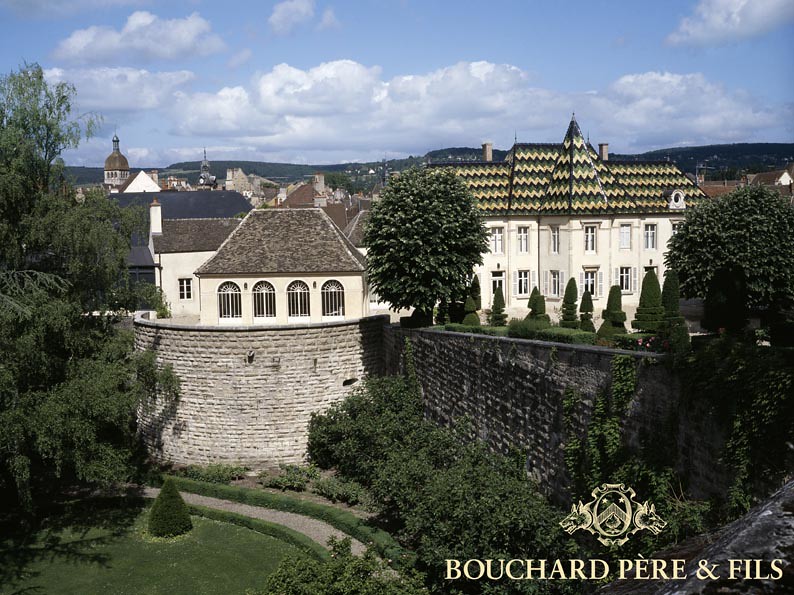
Beneath the ancient fortress walls of Beaune lie some of Burgundy’s most treasured wine cellars, with vaulted stone passages dating back to the 15th century. These cellars house over two million bottles, including rare vintages that sell for thousands of dollars each. The thick stone walls maintain perfect temperature and humidity while protecting the wines from light and vibration. During World War II, these same cellars served as air raid shelters, proving that even in the darkest times, the French prioritized protecting their wine heritage.
Billecart-Salmon caves, Mareuil-sur-Aÿ

Hand-carved chalk caves house this family-owned Champagne house’s collection of vintage bottles, some dating back to the 1960s. The caves maintain the ideal temperature for slow fermentation that creates Billecart-Salmon’s signature delicate style. Unlike larger Champagne houses, these intimate cellars allow visitors to see the traditional riddling process up close. The family atmosphere extends to the tours, where you might even meet one of the current generation of Billecart family members who still oversee daily operations.
Inniskillin ice wine caves, Ontario
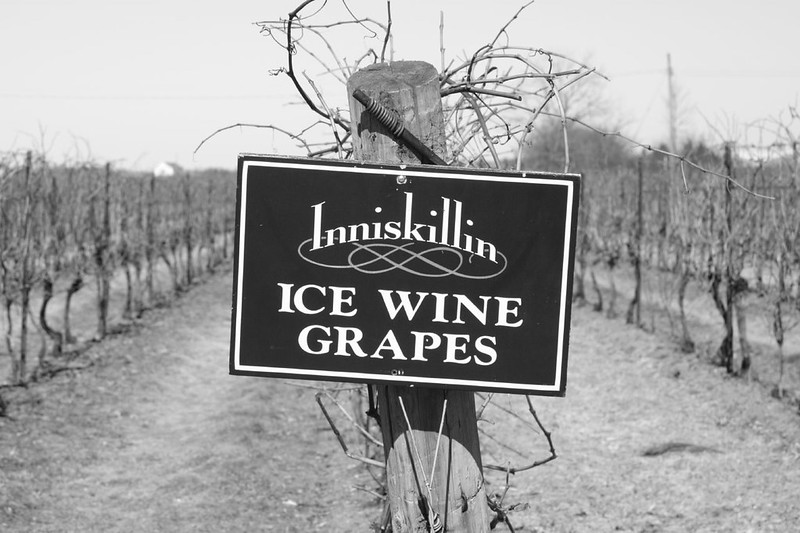
Carved into the Canadian bedrock, these caves provide the perfect environment for aging ice wine, one of the world’s most challenging wines to produce. The constant cool temperatures prevent the delicate dessert wines from developing unwanted flavors while allowing their natural sweetness to concentrate and mature. The caves stay naturally humid thanks to underground springs, creating ideal conditions for long-term storage. Tours here educate visitors about the extreme dedication required to make ice wine, including harvesting grapes in sub-zero temperatures.
Eberle Winery caves, California
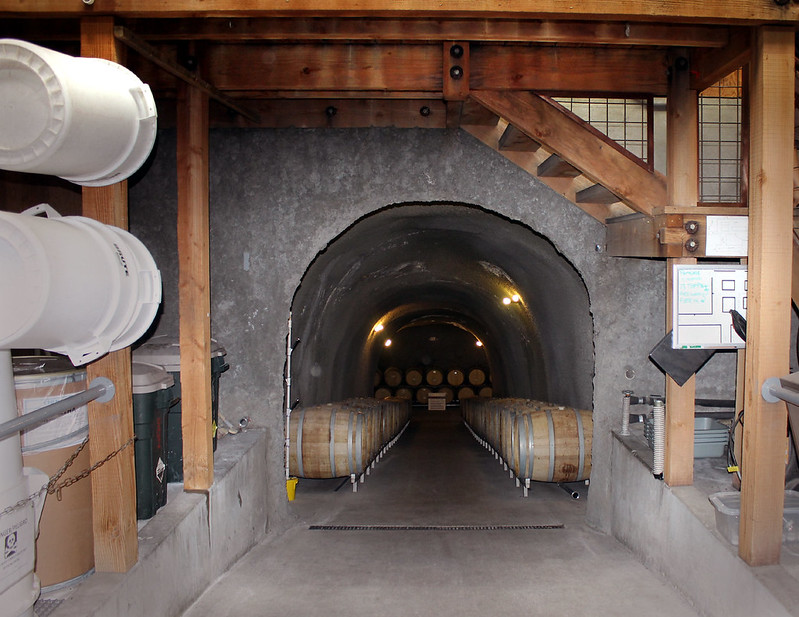
Carved 30 feet underground in Paso Robles, these 16,800 square feet of tunnels create the perfect aging environment for award-winning wines. The caves maintain a natural 60°F temperature year-round thanks to their reinforced concrete walls and underground location. What started as 8,000 square feet in 1996 expanded by 1999 into a winding network that houses the Wild Boar Room for special events. Free tours take visitors through the production facility and into the caves, where you can see where some of California’s highest-rated wines slowly mature in French oak barrels.
Les Caves du Louvre, Paris
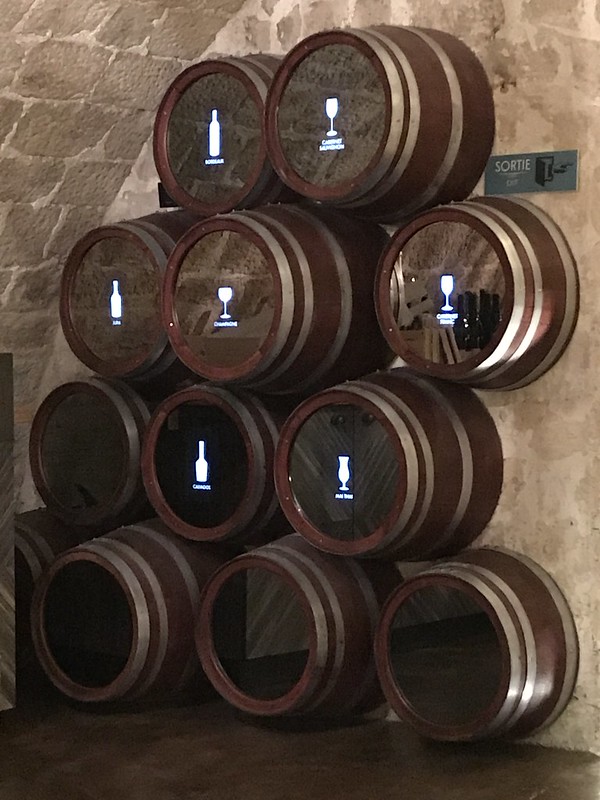
Beneath the streets of Paris, these renovated royal wine cellars offer one of the world’s most unique wine experiences. Originally built to house King Louis XV’s massive wine collection, the caves are connected to the Louvre through secret underground tunnels. Today, the 9,000 square feet of vaulted cellars across three levels house over 1,000 wines from around the world. Visitors can tour the aging rooms, learn about terroir in dedicated educational spaces, and even create their own custom wine blends guided by expert sommeliers.
Krug cellars, Reims
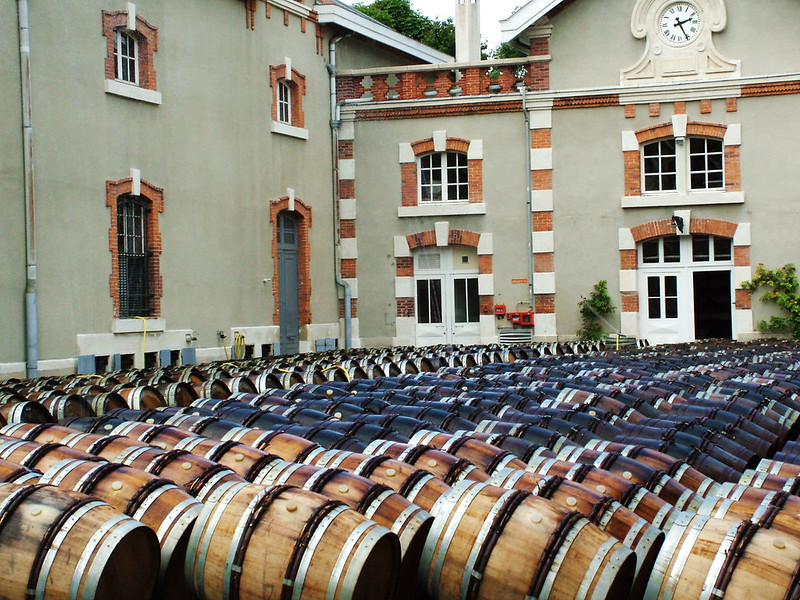
Perhaps the most exclusive underground tour in Champagne, Krug’s cellars house bottles worth more than most people’s cars. The chalk caves beneath Reims have been storing Krug’s prestigious blends for over 170 years, developing the complex flavors that justify the premium prices. Each bottle undergoes at least six years of cave aging, far longer than required by law, creating Krug’s signature rich and complex style. The intimate tours focus on the house’s uncompromising quality standards and the patience required to create truly exceptional Champagne.
Castello Banfi caves, Tuscany
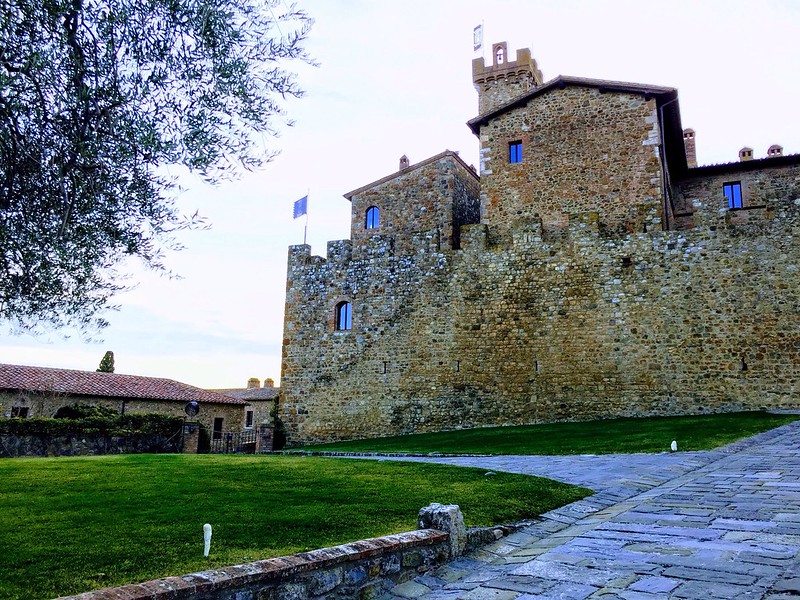
Carved into the hillsides of Montalcino, these modern caves combine ancient techniques with contemporary design to age some of Italy’s finest Brunello wines. The caves maintain ideal humidity and temperature while protecting the wines from the intense Tuscan heat above ground. Massive oak barrels line the walls, holding future vintages of wines that won’t be released for years. The caves also house a museum showcasing traditional winemaking tools and the history of Tuscan wine production.
Taittinger cellars, Reims
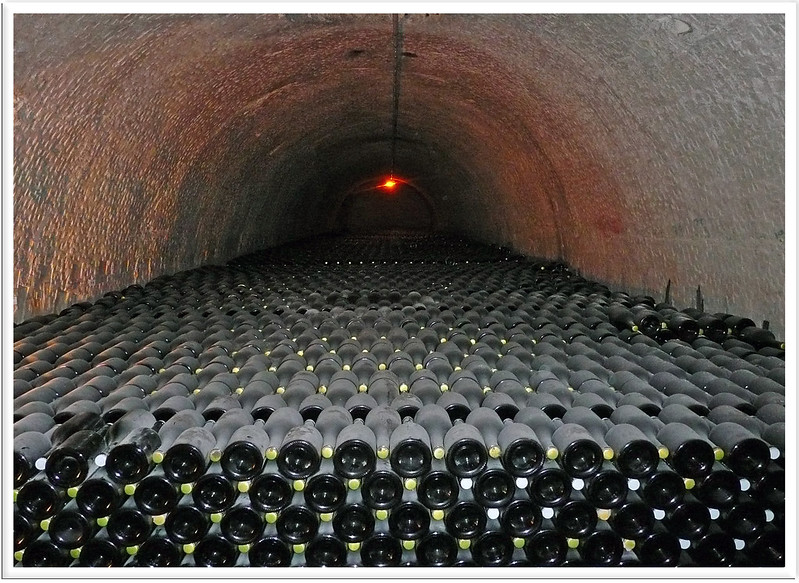
Roman chalk quarries transformed into Champagne caves house over 15 million bottles beneath the streets of Reims. These ancient tunnels, some dating back to the 4th century, create a underground labyrinth that extends for miles beneath the city. The deepest sections, nearly 60 feet underground, house the oldest vintage Champagnes, including rare bottles from the early 1900s. Tours here feel like archaeological expeditions, with guides explaining how Roman engineering accidentally created perfect wine storage conditions that are still used today.
Opus One caves, Napa Valley
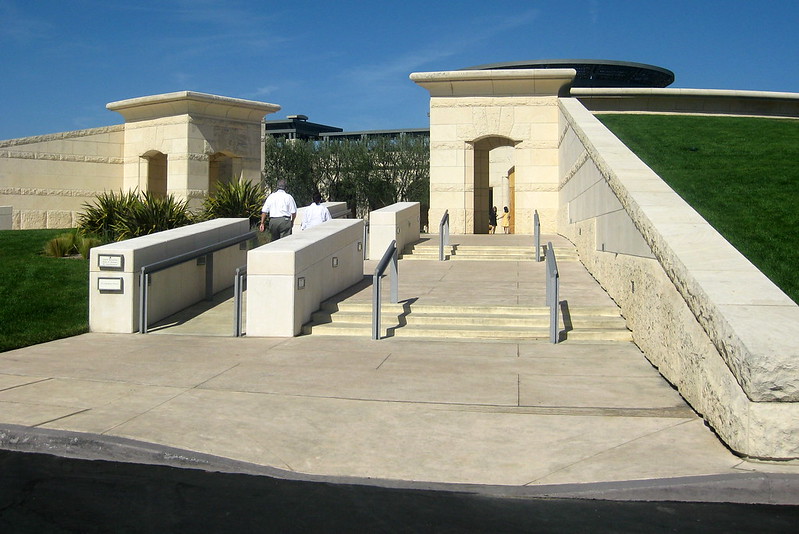
Modern engineering meets ancient winemaking in these temperature-controlled caves carved into the Napa hillsides. The caves house the collaboration between Robert Mondavi and Baron Philippe de Rothschild, storing bottles that represent the marriage of California innovation and French tradition. Gravity-flow winemaking techniques move wine through the facility without pumps, preserving delicate flavors and aromas. The caves maintain perfect humidity levels naturally, eliminating the need for artificial climate control while providing ideal aging conditions.
Perrier-Jouët cellars, Épernay
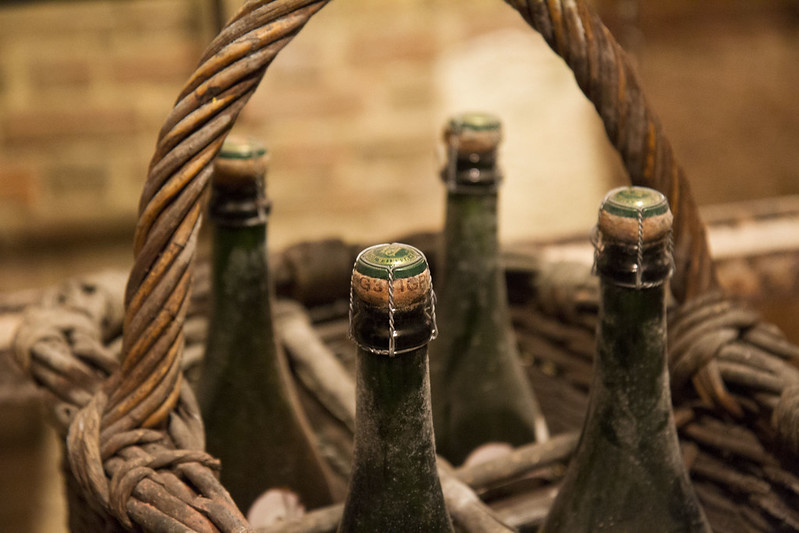
Art Nouveau-inspired cellars beneath Épernay house the collection of this historic Champagne house, including bottles decorated with the famous anemone flower design. The chalk caves provide natural insulation that keeps temperatures steady year-round while allowing the slow fermentation process that creates Perrier-Jouët’s elegant style. These cellars have been continuously used for over 200 years, with some sections housing bottles that predate the American Civil War. The artistic touches throughout the caves, including stained-glass windows and decorative ironwork, make this tour feel like visiting an underground art gallery.
Where tradition meets innovation

These underground wine cellars represent more than just storage spaces—they’re living museums that preserve centuries of winemaking wisdom while adapting to modern demands. From Roman chalk quarries to hand-carved immigrant tunnels, each location tells a unique story of human determination to create the perfect environment for aging wine. The combination of natural cooling, consistent humidity, and protection from light creates conditions that no modern facility can truly replicate. Today’s wine lovers have the privilege of experiencing these underground treasures, tasting wines that have been shaped by the same caves that sheltered Roman soldiers and inspired generations of winemakers.
More from Travel Pug

- 20 Best Beach Towns in the Carolinas
- 13 Destinations Where Tourists Regularly Regret Their Trip
- 20 Things You Actually Get in First Class
- 20 Small Airports With Aviation Museums
- 20 Places in the U.S. That Are Perfect for a Reset Trip
Like Travel Pug’s content? Follow us on MSN.
